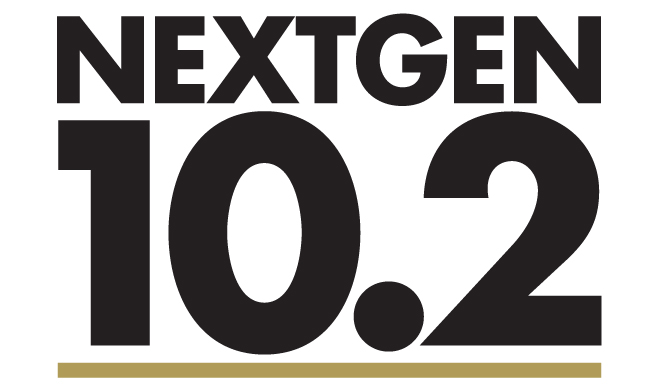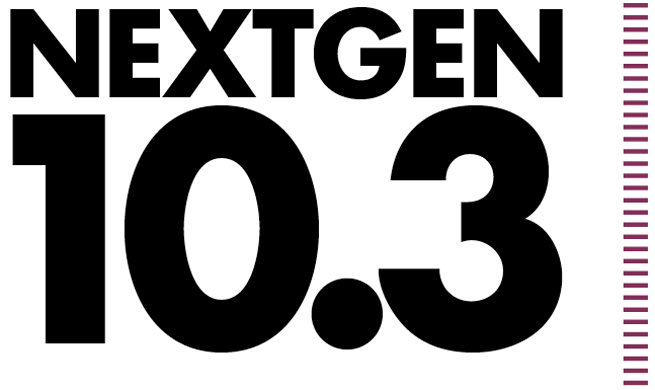Article co-authored by Aytan Dahukey, Ken Yood, and Samuel O’Brien, and originally published on Sheppard Mullin.
National healthcare spending was projected to hit $4 trillion by the end of this year and more than $6 trillion by 2020—nearly 20% of GDP, according to a March 2020 Centers for Medicare and Medicaid Services (CMS) study reported in Health Affairs.
The federal spending required to fight the COVID-19 pandemic has only accelerated this trend. And if money attracts money, it is safe to assume that skyrocketing spending in healthcare has the potential to have a significant impact on private healthcare investment.
Much of the new attention given to healthcare during this pandemic has been focused on an oft-overlooked area of the sector: primary care. That’s for two major reasons. First, the pandemic has highlighted the need to improve public access to basic healthcare services. Second, given the financial strain being placed on the U.S. healthcare system as a result of the pandemic, finding a cost-effective way to provide high-quality healthcare services has become more of an imperative than ever.
Read more of Aytan Dahukey’s thought leadership.
Since it is well known that providing primary care services in a timely fashion can significantly reduce the likelihood that a patient will need more intensive—and expensive—services in the future, attention has turned to primary care as a path forward to address both access to healthcare and an area primed for economic growth.
While many primary care practices have been hit hard by declining visits during the COVID-19 pandemic, many primary care practices—including venture-backed primary care startups—that participate in managed care–type payment models have fared better during the public health emergency than practices and healthcare entities that are reimbursed on a fee-for-service basis.
In the fiercely competitive arena of healthcare investment, investors are under constant pressure to find the next “behavioral health”: a subsector that experienced a significant increase in consumer demand and, in turn, significant investment starting about 10 years ago. There are signs that indicate primary care could provide a similar opportunity for investors over the next decade or more.
The increased demand for, and investment in, behavioral health was significantly impacted by the success of industry groups that advocated for parity in payor coverage for medical services and behavioral health services. Beginning in 2008, the Paul Wellstone and Pete Domenici Mental Health Parity and Addiction Equity Act (Parity Act) established federal law that generally prevents group health plans and health insurance issuers (the Parity Act was extended to individual health insurance policies in 2010 under the Patient Protection and Affordable Care Act (ACA)) from imposing less favorable benefit limitations on behavioral health benefits than apply to medical or surgical benefits. That created a boon for behavioral health investors.
As a result of this legislation, more people had access to affordable behavioral health services. This created increased demand, which caught the eyes of investors, causing valuations for behavioral health companies to rise.
Whereas the Parity Act was a catalyst for growth in the behavioral health world, the COVID-19 pandemic may be a catalyst for growth in the primary care world. Although venture capital and private equity investment in physician practices including primary care and specialty practices predates the COVID-19 pandemic, the pandemic is drawing increased attention to early medical interventions including the need for greater access to primary care services.
In part, the Parity Act was the result of intense lobbying and public education efforts by behavioral health providers and public interest groups that used clinical data showing the prevalence of mental health challenges in the population to make the case that there was a pressing and unmet need for such services that, at the time, was being exacerbated by a lack of insurance coverage for behavioral health services.
COVID-19, through real-life experience rather than lobbying, has put a spotlight on the need for improved patient access to basic primary care services. In addition, a growing body of research and clinical studies shows that primary care services can improve the health status of a community while lowering the community’s healthcare cost. The combination of these two elements, plus the overall sense of urgency to respond to the COVID-19 pandemic, have set up a situation that seems familiar to those who followed the discovery of behavioral health by PE and VC investors.
With this growing public-sector attention on the provision of primary care as a way to improve healthcare outcomes and drive down overall healthcare costs, private investment may find a lucrative opportunity in the primary care space. And with a history of underfunding primary care, the primary care community has a strong appetite for new sources of capital.
One way that investors have already entered the primary care sector is through startup funding. While many primary care practices have been hit hard by declining visits during the COVID-19 pandemic, many primary care practices – including venture-backed primary care startups – that participate in managed care–type payment models have fared better during the public health emergency than practices and healthcare entities that are reimbursed on a fee-for-service basis.
Furthermore, certain primary care platforms were successfully able to adopt more hybrid in-person and telehealth practices within weeks. They were able to take advantage of Medicare and Medicaid reimbursement parity between virtual and in-person physician office visits—a change in reimbursement rules implemented by CMS during the early days of the public health emergency—and serve as a proof of concept for the use of telehealth technology as a bigger part of primary care going forward. That creates other opportunities for investors.
To be sure, whether there will be sufficient access to capital to fund new startups in the healthcare space remains to be seen. Some observers and participants in the VC and PE markets have reported a general tightening of available sources for startup funding. However, investors interested in betting on primary care could be at the start of an early wave.















































